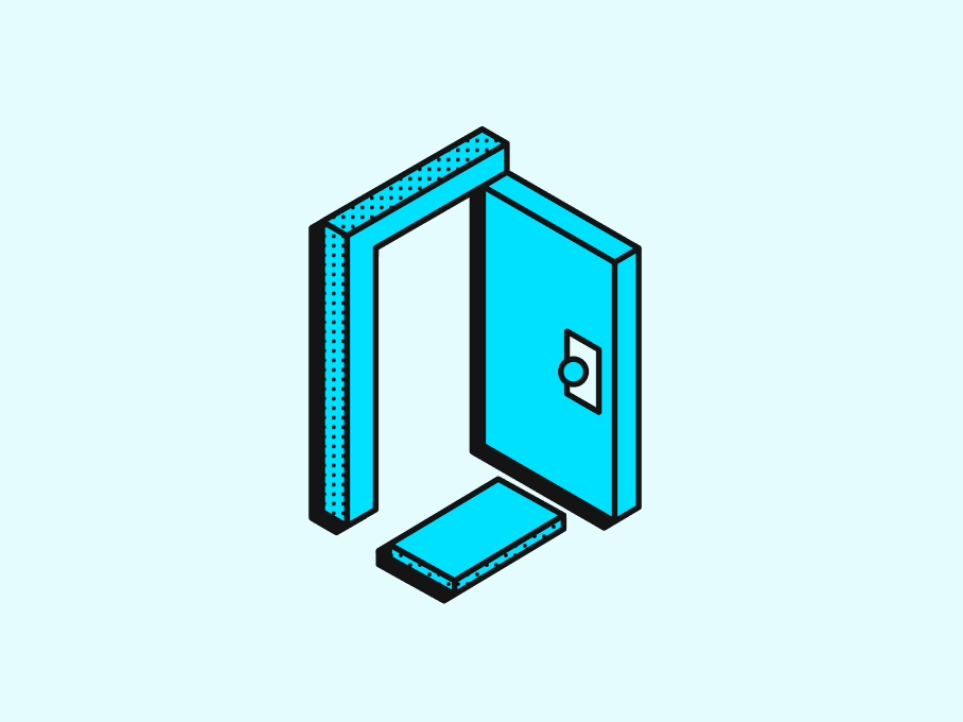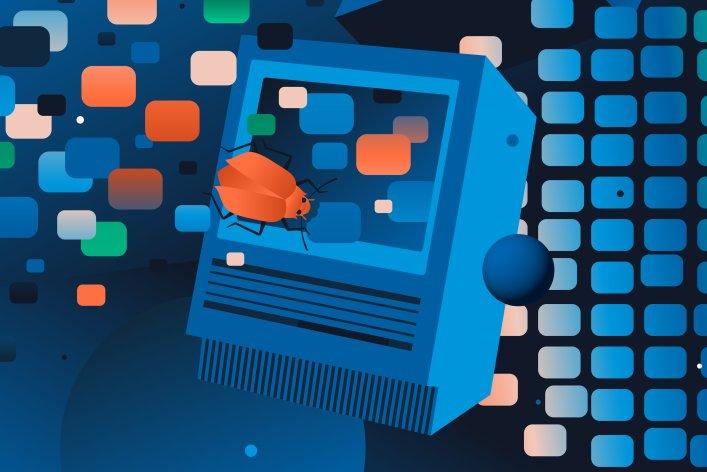14. October 2025
CRM Software Open Source: Why Twenty CRM Is the Key
CRM systems have long become the central platform for customer management and business growth. They structure processes, manage customer data, and define workflows. However, this often creates more dependency than freedom.

The price for this is high: rising license costs, limited customization, and technological dependency on a few large providers such as Salesforce or HubSpot.
More and more decision-makers are asking themselves: How can we manage customer data intelligently without losing our digital sovereignty?
The answer lies in a paradigm shift: open source CRM software.
What does “CRM Software Open Source” mean?
“Open Source CRM” refers to a system whose source code is publicly available and can be freely used, customized, and further developed.
This gives companies full control over their data, processes, and integrations. There is no vendor lock-in, no opaque cost models, and no closed interfaces.
An open source CRM is therefore more than just a technical alternative – it is a strategic choice for freedom, transparency, and long-term efficiency.
Why mid-sized companies benefit the most
Medium-sized businesses often find themselves caught between two worlds. They are too complex for simple tools and too individual for standard solutions. Many companies pay high license fees year after year without truly controlling their systems.
Open source CRM software is a real alternative to this pattern.
Key advantages:
- Cost efficiency: No ongoing license fees and flexible scalability.
- Data ownership: Customer data remains within the company’s own system, on its own servers, or in secure hosting.
- Customizability: Workflows, modules, and interfaces can be individually developed.
- Long-term independence: No dependency on external product roadmaps or price increases.
This creates a system that grows with the company – not the other way around.
Twenty CRM: Open Source meets modern user experience
Twenty CRM is not just a CRM with open code; it is a consciously reimagined system. Twenty CRM combines the openness of open source with the user-friendliness of modern SaaS solutions. The interface is clean, intuitive, and modern. The architecture is flexible, API-based, and cloud-ready. And best of all: Twenty CRM is fully transparent – technically, organizationally, and legally.
These three characteristics make Twenty CRM stand out:
- Freedom through ownership: Companies own their system instead of renting it. The code is open, the architecture modular, and the future predictable.
- Modern product experience: No outdated open source interface but UX on par with leading SaaS products. Twenty CRM redefines user centricity – even for complex teams.
- Community instead of closed shop: Development happens collaboratively. Feature suggestions, insights into the roadmap, and code contributions turn the system into a vibrant ecosystem.
Why open source is not just technology but also a mindset
Choosing an open source CRM does not mean rejecting Salesforce – it means choosing digital self-determination. This mindset fundamentally changes the relationship between companies and technology.
Instead of consuming technology, companies actively shape it.
Instead of accepting license models, they invest in their own infrastructure.
Instead of building dependencies, they build internal expertise.
At a time when data has become the most valuable asset, this is not a technical step – it is a strategic one.
Integrations, workflows, automation
Twenty CRM does not see itself as an isolated system.
Through open APIs and webhooks, it can integrate with almost any existing system, whether ERP, marketing automation, data warehouse, or support platform.
Its automation logic follows a clear principle: recurring tasks should handle themselves, allowing teams to focus on what truly matters – customer relationships.
Conclusion: Open source CRM is not just an alternative – it is a smart business decision
Mid-sized companies are at a crossroads. Those who now invest in open systems are investing in digital resilience. Twenty CRM demonstrates that open source software is no longer a niche concept but a powerful and economically sound alternative for professional environments.
Open source CRM today means: self-determination instead of dependency. Transparency instead of licensing chaos.
FAQ: Open Source CRM and Twenty CRM
- What is the difference between open source CRM and SaaS CRM?
A SaaS CRM is rented, meaning you pay regular license fees and depend on the provider’s infrastructure. An open source CRM like Twenty CRM can be self-hosted, customized, and expanded. You retain full control over your data. - Is open source really secure?
Yes. Because the code is open, security vulnerabilities are often detected and fixed more quickly. You also decide where and how your system is hosted – on-premise or in the cloud. - Can I use Twenty CRM without a developer team?
The strength of Twenty CRM lies in its openness. With the right technical partner, it becomes not just a tool but a competitive advantage. Factorial helps companies use this freedom safely and efficiently. - What are the actual costs?
The base version is license-free. Costs arise for hosting, implementation, customization, and maintenance. You decide where to invest. - Who is Twenty CRM best suited for?
For companies that value data ownership, scalability, and cost transparency – especially medium-sized businesses making long-term technology decisions.



